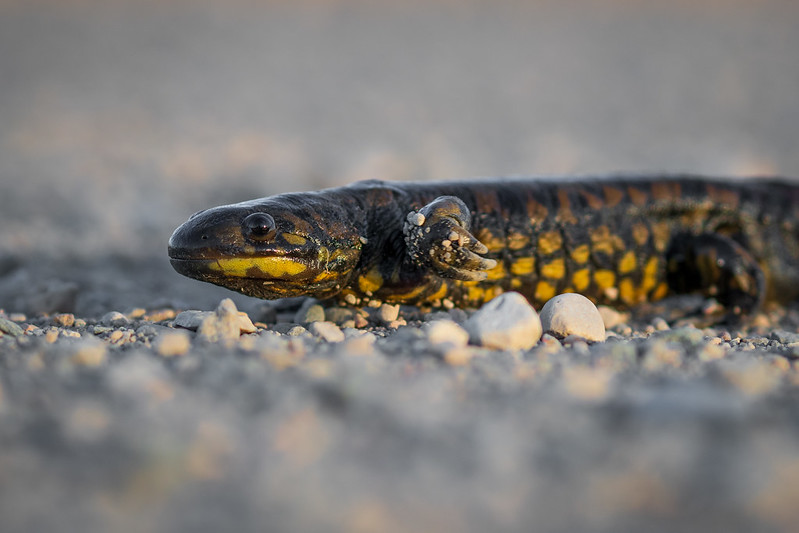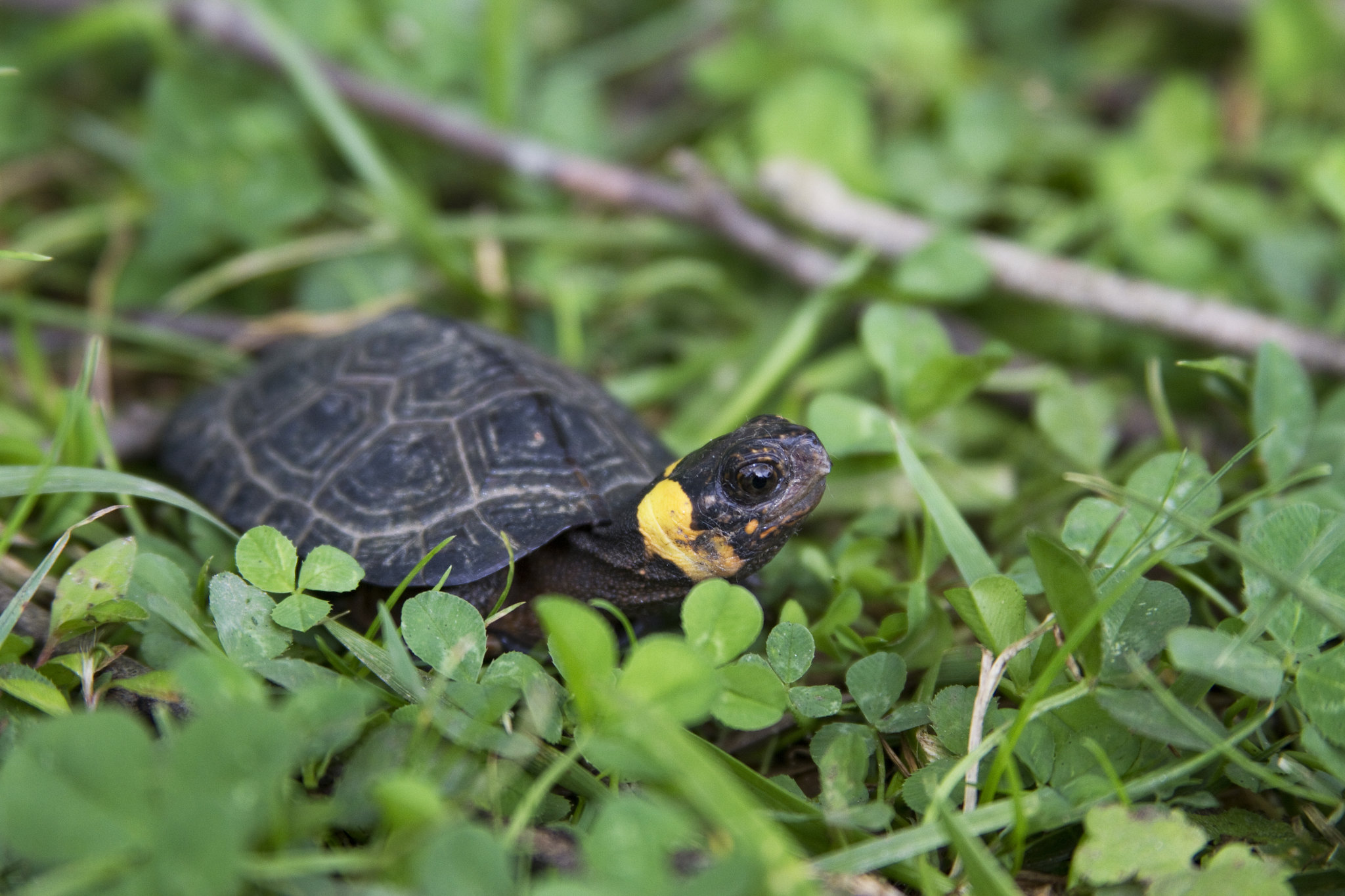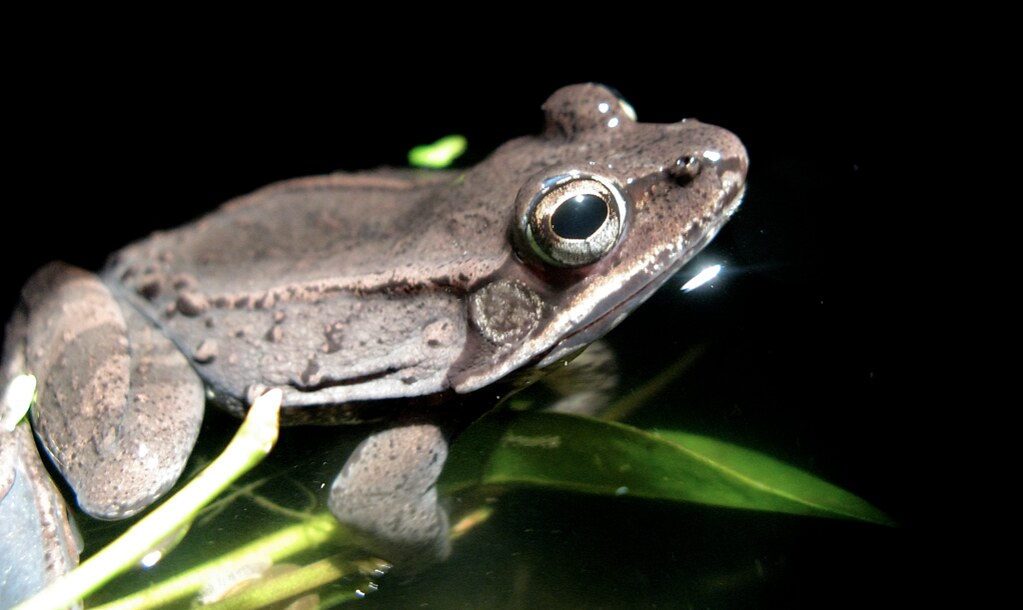Fact #1: between 1970 and 2022, wildlife populations in North America shrunk by 39%. (source: Living Planet Report, WWF)
Fact #2: worldwide, amphibians are the class of animals experiencing the greatest declines.
Fact #3: as a private landowner, you’re in a unique and powerful position to help these creatures in a meaningful way, because farms, ranches, and privately owned forests provide vital habitat for wildlife.
All you have to do is take a few walks around your property this spring.
Walking with a purpose
Whenever and wherever you choose to take your walk, observe any low areas on your land where shallow water stays pooled throughout the cool, wet season. In the Northeast and Midwest, you’re most likely to find these areas in the woods; however, further West, you may find these pools in grasslands or even desert. If you find an area where a temporary pool is formed that dries up by summertime, you may be host to a very special kind of a habitat: a spring-flooded vernal pool.
Vernal pools can be found in every state. You won’t find many fish in these pools, and that’s why they’re highly valued by species like the striking tiger salamander, the adorable bog turtle, and the vocal wood frog. With few fish to eat their eggs and young, amphibians and small reptiles rely on these temporary wetlands to breed and raise young.



Worldwide, amphibians and reptiles need all the friends they can get. Conservation programs designed to help identify and preserve vernal pools are sparse at best, but there are options. For example, in Maryland, Delaware, Pennsylvania, New York, New Jersey, Connecticut, Massachusetts, Virginia, and North Carolina you can receive technical and financial assistance from NRCS to help you conserve your vernal pond(s) on behalf of the bog turtle. “Most of the remaining bog turtle habitat is privately owned,” according to NRCS. “Many of the wetlands are located in agricultural areas where livestock are frequently grazed.” Additionally, the Eastern hellbender salamander is a species that was hard-hit by Hurricane Helene damage in Appalachia, and NRCS offers financial and technical assistance for hellbender conservation practices in Virginia, West Virginia, North Carolina, and Tennessee. Appalachia is a climate refugia for a suite of globally rare salamanders so projects done here will have magnified benefits. Anywhere you may find a vernal pool, its conservation is ultimately in your hands. And even if you’re not into amphibians and reptiles, remember the adage that where there is water, there is life. Deer, shorebirds, ducks, woodcock, rabbits, and many more wild creatures may make an appearance at your vernal pond.
If you’ve identified a vernal pool (your local NRCS office or state wildlife agency may be able to assist), here are three ways to be a good steward of your amphibious and reptilian neighbors. First, be mindful of the area by limiting disturbance ideally within 100-feet of the pool, avoiding activities like tilling, draining, or otherwise altering the flow of water and plant growth nearby. Second, if you have livestock or pets, consider fencing the area off to prevent them from trampling eggs, larvae, or otherwise disrupting this delicate ecosystem. Additionally, prescribed grazing management can be beneficial in controlling invasive and woody species that reduce habitat quality and shade nests that need sunlight to hatch – balance is everything! Finally, if you share a wooded area with a neighbor, let them know about vernal ponds, too! The more folks who know about vernal ponds, the better the effort to protect them.
Jennifer Strickland is the Social Media Strategist with the Farm Production and Conservation Business Center


